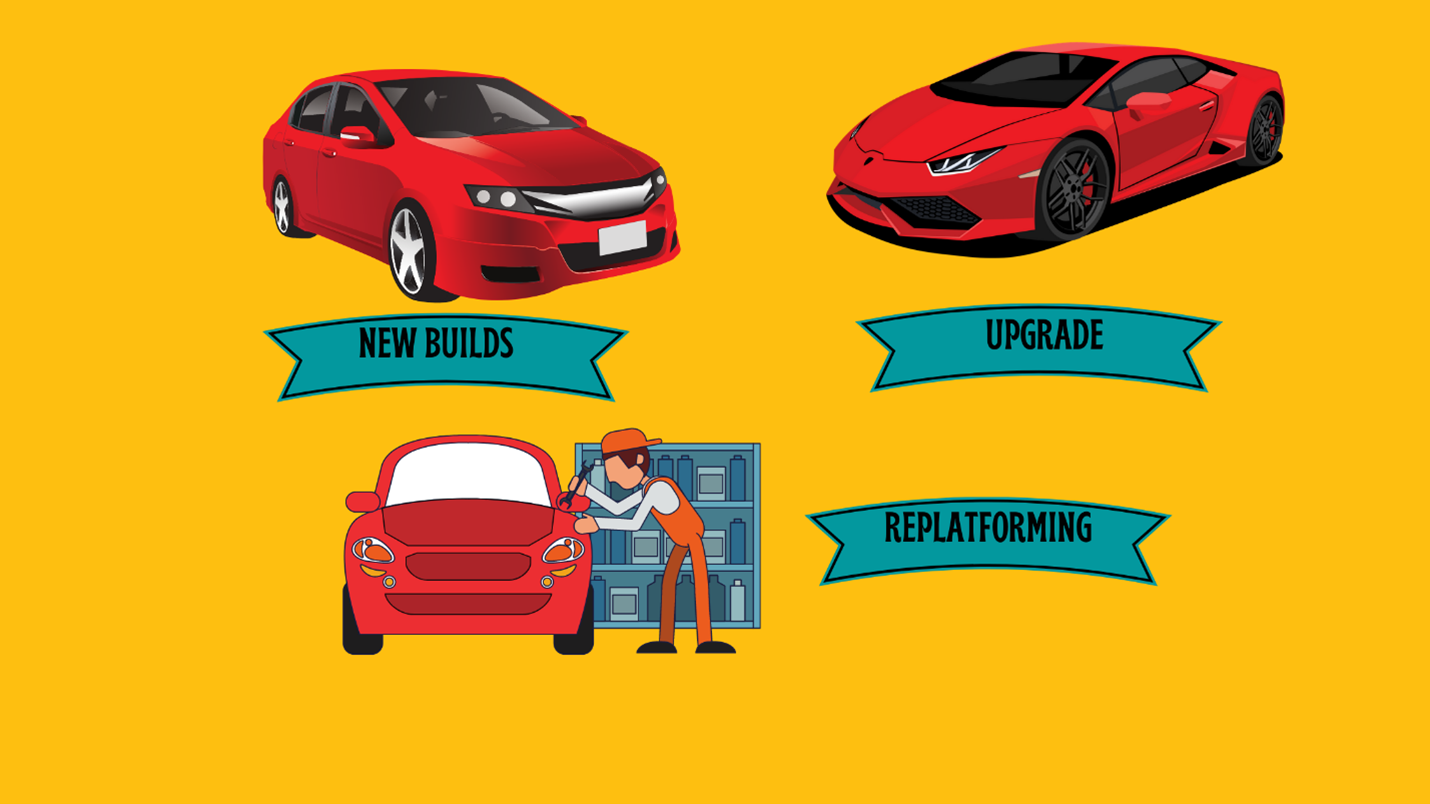Add Strategic SEO Value To Your Sitecore Conversations
Rachna Gupta - Digital Marketing Specialist
24 May 2021

Whether you are starting a Sitecore project from scratch or upgrading your existing website, focusing on a few strategic SEO topics will add value to your website launch and marketing.
Including these topics well in advance will ensure that we are building the website and helping our customers find us on search engines.
Typically, we can bucket most Sitecore projects into 3 Broad Categories:

- New Builds – where we are starting the project from scratch.
- Replatforming – where we help our customers change their existing CMS and move on to Sitecore.
- Website Upgrade – where we help our customers upgrade to a higher version of Sitecore.
Why should we focus on Search Engines?

93% of online experiences today start on a search engine! That’s why we say, they are the Gateway to the Internet, with Google being the most important of them all.
Be it Google ads, images, news, or ‘people also ask’, your visitor is on Google searching for you under all these categories. Their experience is improving each day with Search Engines like Google becoming smarter and smarter. Unfortunately, this also means that as a business our competition is increasing.
Here are the first two most important SEO conversations that you need to initiate at the beginning of any Sitecore development projects URL Standardization

URL Standardization should be your top-most priority while planning any development project. There is a lot of literature available on the Internet on this subject, however, despite that, it is not uncommon to see websites with a wide range of URL-related issues.
A bulk of these issues is the lack of conversation on this subject during website development. Our Pro tip # 1 today is “Make sure you block time to discuss URL standards while starting the project.”
Why Standardize your URL?
In case if you are wondering why we should care about URL standards, here are the reasons why:
- A well-thought-through URL structure provides humans with an easy-to-understand glimpse of what to expect on the page. For Example, a URL that says “/toddler-shoes” explains that we are expecting toddler shoes on that page.
- A clear structure also helps search engine spiders interpret what this page is about.
Hence, discussing and Following through, on URL standards is always going to have a long-term positive impact on your website.
How to standardize your URLs?
- Use the KISS principle: Keep It Simple, Stupid… Define the architecture of your website and ensure that the URLs use words instead of numbers, codes, or special characters.
- URLs should be self-explanatory: It is advisable to keep the URL self-explanatory to improve the user as well as search engine experience. For example, a URL stating https://www.xyz.com/red-infant-shoes explains to the search engines as well as to the users that the page is related to ‘red infant shoes’. It also improves your search engine ranking.
- Everything should be in lower case: The URL should always be in lower case and should include capital letters. For example, https://www.xyz.com/Big-Chocolate-Box should be https://www.xyz.com/big-chocolate-box
- There should be no space: Avoid keeping spaces in your URL. This will turn into special characters (%20) and is not advisable.
- Use hyphens instead of underscore: There was a time when people use to keep underscores in their URLs. Underscores are now replaced by hyphens as they are clearly visible and are more user-friendly.
- Understand what folders and paths would be used, what is the overall Information Architecture for the site, and whether you would use the entire page name or a slug.
XML Sitemap and Sitecore Website

A Sitemap is an integral part of every website. However, in my 15 years of experience, I have always seen developers struggling to get it right. If we pick 100 websites, I am sure 95 would have some issue or the other in their sitemap. This is a common problem that most of the websites in the industry face.
URLs going to a 404 page or the URLs missing from the list on a Sitemap page is something that you would not like to do. Trust me if you Goof up on this, you send the Search Engine Spider on a wild goose chase. You don’t want to do this because these Spiders don’t like to be taken for a ride.
Most of the time we feel that It’s just an XML sitemap. Who cares? We can take it up at the end of our Sitecore project.
Well, simply put “Search Engines Care”
- Your XML Sitemaps are nothing but a map that you hand over to a Spider, they are expected to crawl your website by referring to this map. You hand over a map with issues, you have an unhappy spider. It is also inefficient and takes longer for the Spider to crawl.
- Instead, if you have a well-crafted sitemap, it will ensure that you have the right URLs indexed with the search engines, and better indexing is always appreciated.
- And finally, the most important thing. Remember you could end up getting ranked poorly because of all the issues in your sitemap.
A poor sitemap indicates a poor-quality build. So, block some time to talk about Sitemap in advance.
The next question is what to focus on while talking about Sitemaps:
- The first thing you need sorted is, what is meant to be indexed and what is not meant to be indexed by Search engines. Of-course if something is not meant to be indexed it should not be on the sitemap and if something is meant to be indexed, is important for your website, then make sure it is present on the Sitemap.
- Talk about what kind of Sitemap would be required. It is not uncommon to see dedicated sitemaps for each language variant or even a nested Sitemap. Whatever works for you, is fine. What is most important is that we have this conversation.
- One of the most common issues with Sitemaps of large websites is that they struggle to stay updated. That is because sometimes Sitemaps are added as an afterthought when the project has completed, or the size of the site makes indexing and publishing a sitemap a nightmare in real-time.
How do you handle this? This could be handled by a scheduled crawl and publish or there can be any other way that you prefer. The secret sauce here is to talk about it and align it.
Follow us on our social channels for a regular update on important SEO Strategies that you would like to include in any Sitecore project.

Rachna Gupta
Rachna Gupta is a Sitecore Strategy MVP. She has over 15 years of experience across marketing and digital experience platforms. She is a proactive and self-motivated individual with a strong customer focus. She excels in competitive bench-marking and digital asset maturity assessments. She also has hands-on expertise in search engine optimization, social media marketing, and lead generation.


Share on social media